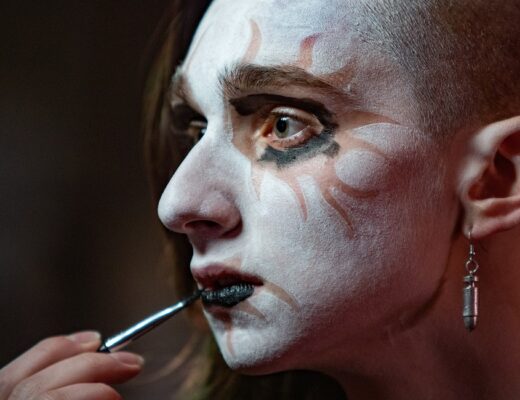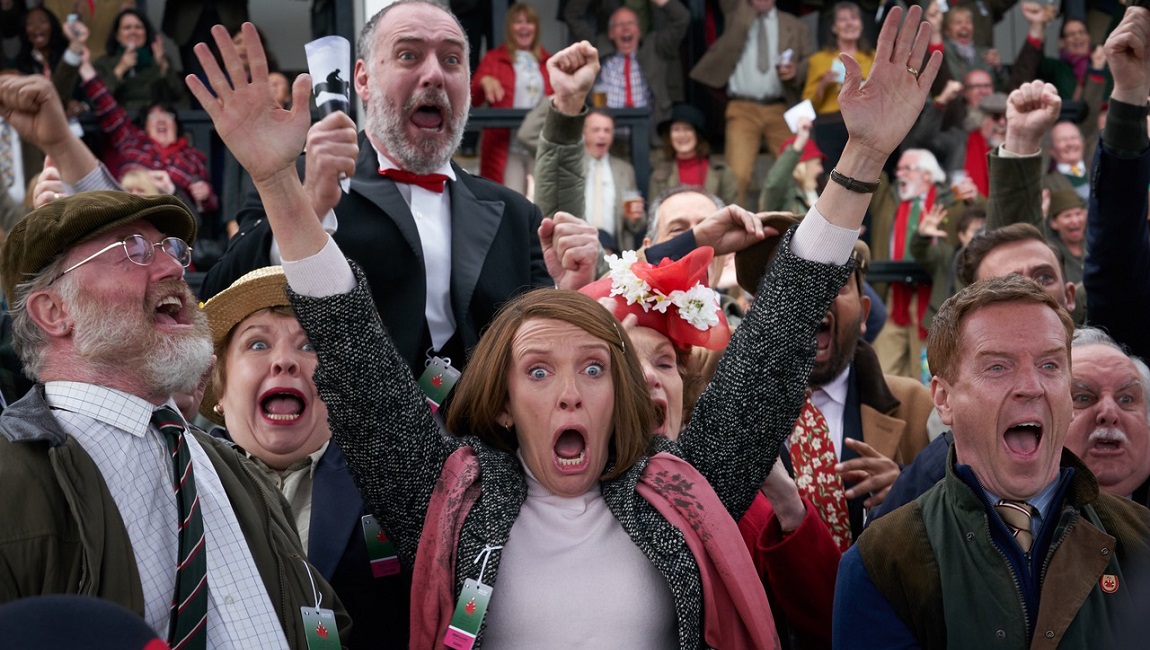Superficial and hopelessly outdated, The School for Good and Evil will leave fantasy fans better off clinging to Harry Potter reruns.
For the legions of Harry Potter fans who are chomping at the bit for another fantasy universe centered around a bizarrely convoluted magical education system, Paul Feig’s The School for Good and Evil should be a no-brainer. It’s got all the hallmarks of a hit: two inseparable BFFs (petite Sophie, who dreams of living in a fairy tale, and tomboy Agatha, who everyone thinks is a witch), snappy uniforms, a sinister forest, and even an inept ginger played for comic relief. But this bland, reductive slog is such a bore that even casual fantasy fans are better off whisking themselves back to Hogwarts for the millionth time.
Based on the series of YA novels by Soman Chainani, Feig’s film freely admits to plundering the source material for standout scenes, moments of character development, and, tellingly, fan favorites. It shows: only those who grew up with these books will forgive its nearly 2.5-hour runtime, in which Sophie and Agatha find themselves plucked from their charmless medieval village and dropped off at their respective schools. One one side of the lake rests the Versailles-like palace where the Evers frolic in meadows and simper at each other through false eyelashes. Their foils are the Nevers, who are trained to be fairytale villains and skulk around a permanently gloomy castle supervised by bipedal wolves in medieval armor. Sophie and Agatha are dismissively called “readers” because, unlike their classmates’ more illustrious backgrounds, they previously had to settle for only reading about such places. Weird way to say that admission runs entirely on nepotism, but whatever.
Only — get this! — Sophie and Agatha insist they’ve been dropped at the wrong campus. Sophie’s pretty and blonde, so why is she stuck with the emo kids? But, if Dean Leonora Lesso (Charlize Theron, dressed like she takes PTA meetings at Berghain) has her way, why should blondes have all the fun? Meanwhile, Cinderella knock-off Dean Clarissa Dovey (Kerry Washington) subjects the deeply unwilling Agatha to a hideous makeover, complete with puff sleeves as big as birthday balloons. Who needs inner beauty when you can stifle it under thirty yards of tulle? Behind the fish-out-of-water comedy, something sinister lurks in the shadows, tugging the marionette strings and leaving a trail of “blood magic” in its wake.
Perhaps unsurprisingly, given its title, the story as a whole peddles a relentless black-and-white binary that feels hopelessly outdated. The kids who grew up on these books are the same ones who now worship Billie Eilish and Lil Nas X (with the former making an appearance on the soundtrack) — celebrities who don’t so much shatter various binaries as live and thrive almost exclusively on their edges and gray areas. So why aren’t their fans afforded the same freedom? Instead, any attempt by characters or audiences to acknowledge human nuance is quickly squashed with the problematic platitude that “everyone has a role to play.” Except the best stories do transcend their clichés, setting up familiar plots and archetypes only to turn them on their heads. Feig’s attempts at meta-commentary — a self-aware narrator, for example — are superficial at best, resulting in a story that trots out tropes rather than subverting them. Even a small army of A-listers, including Laurence Fishburn as the seemingly benevolent School Master, Michelle Yeoh as a Beautification Professor, and Cate Blanchett on voiceover duty, can’t save this film from itself. By the time words like “blood magic” and “fingerglow” start getting bandied about, happily ever after has come and gone.
You can stream Paul Feig’s The School for Good and Evil on Netflix beginning on September 21.







